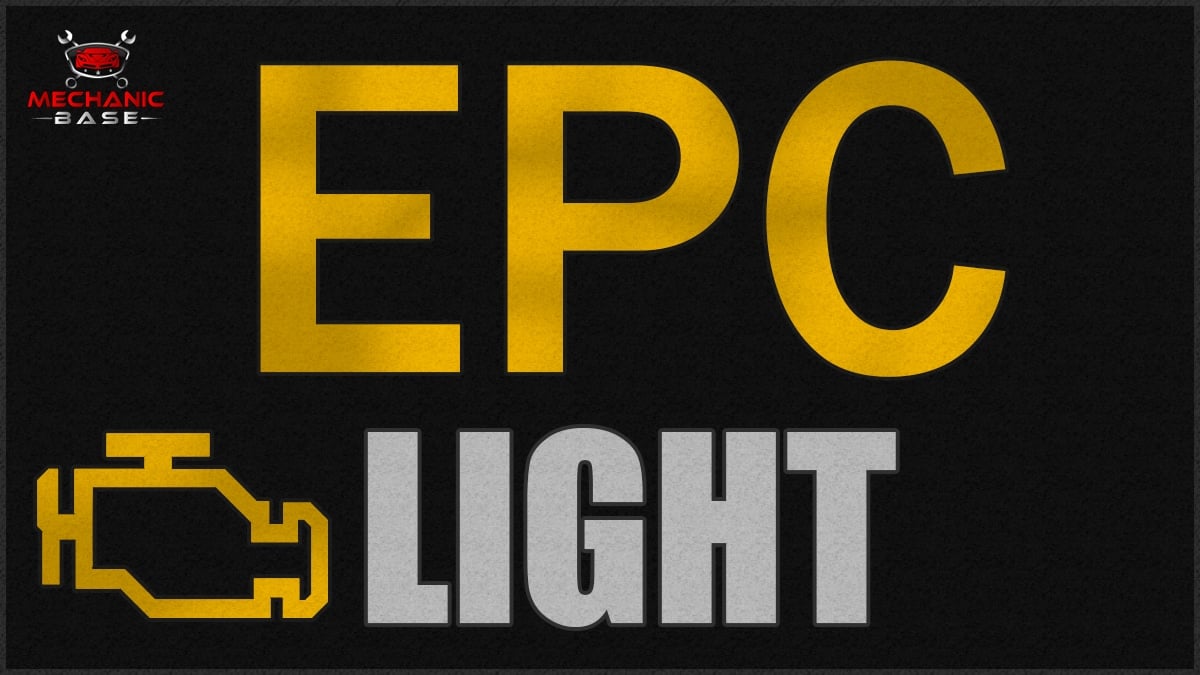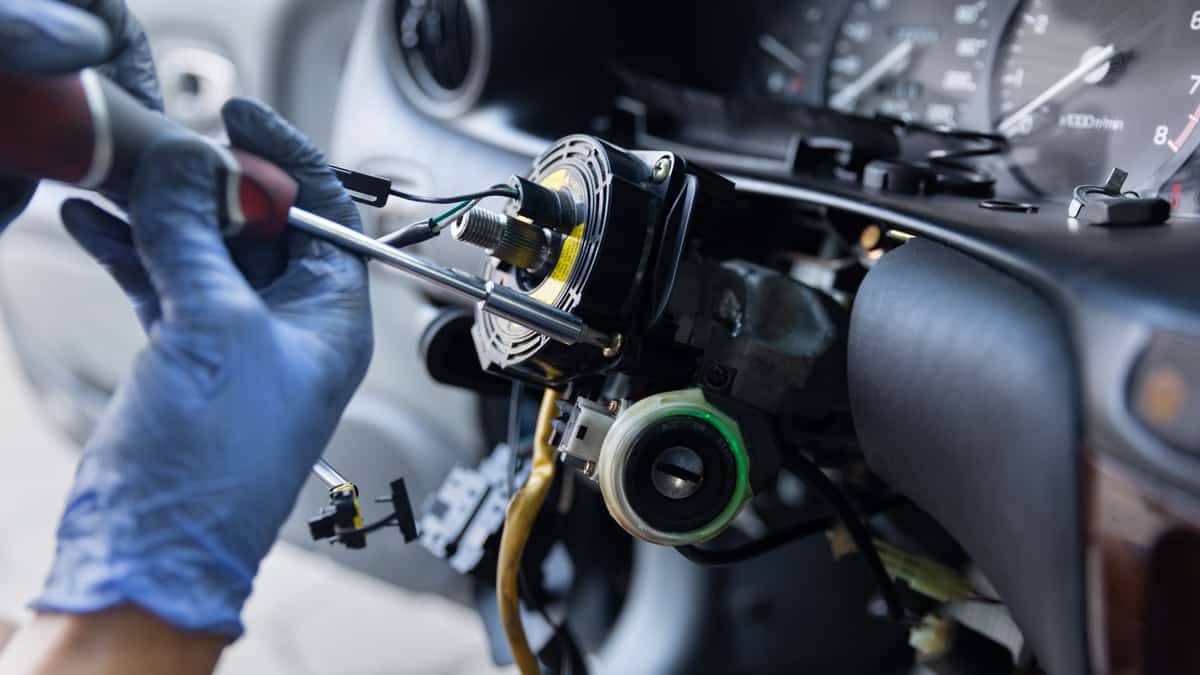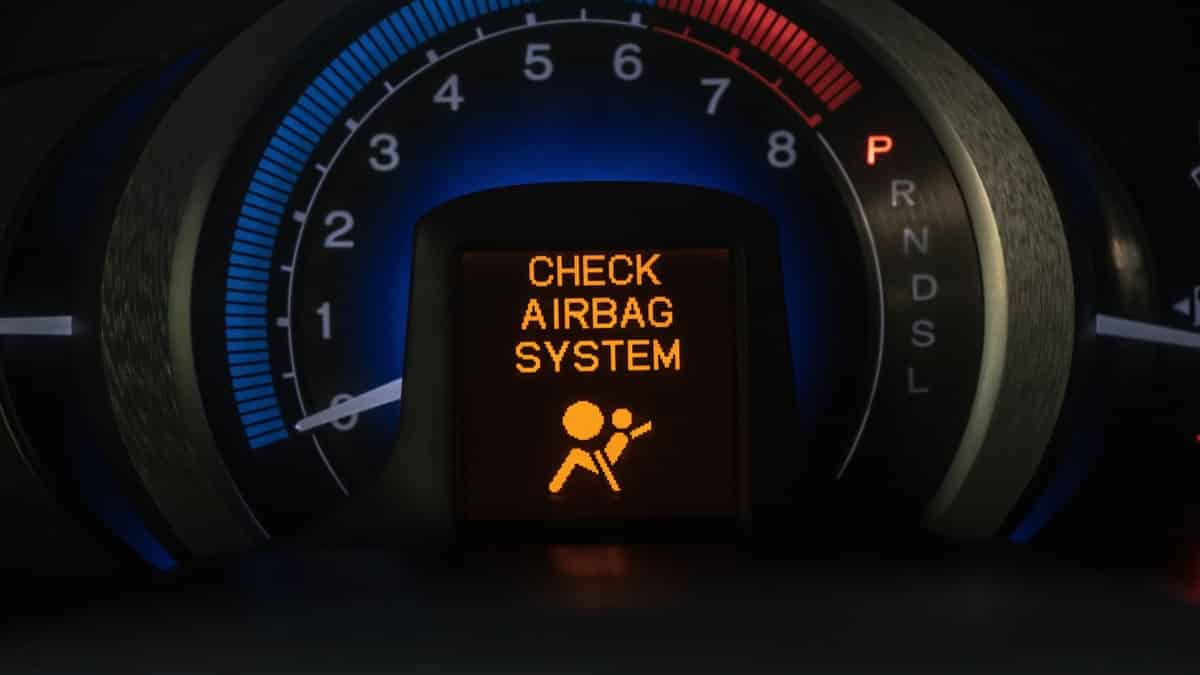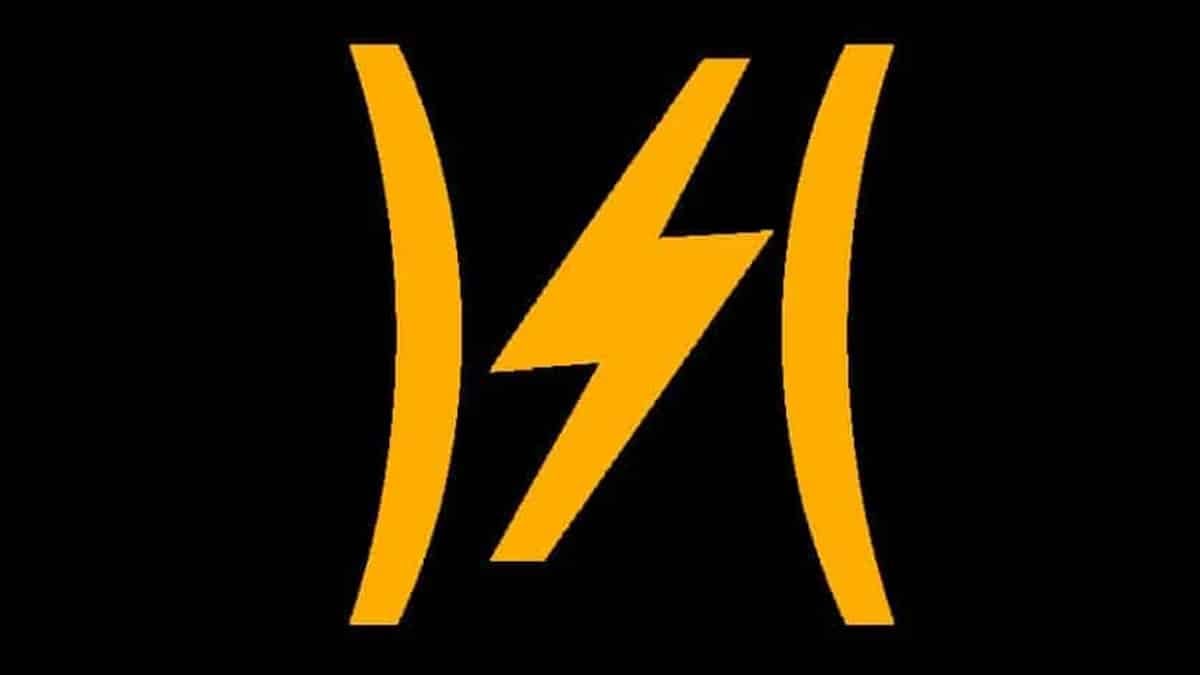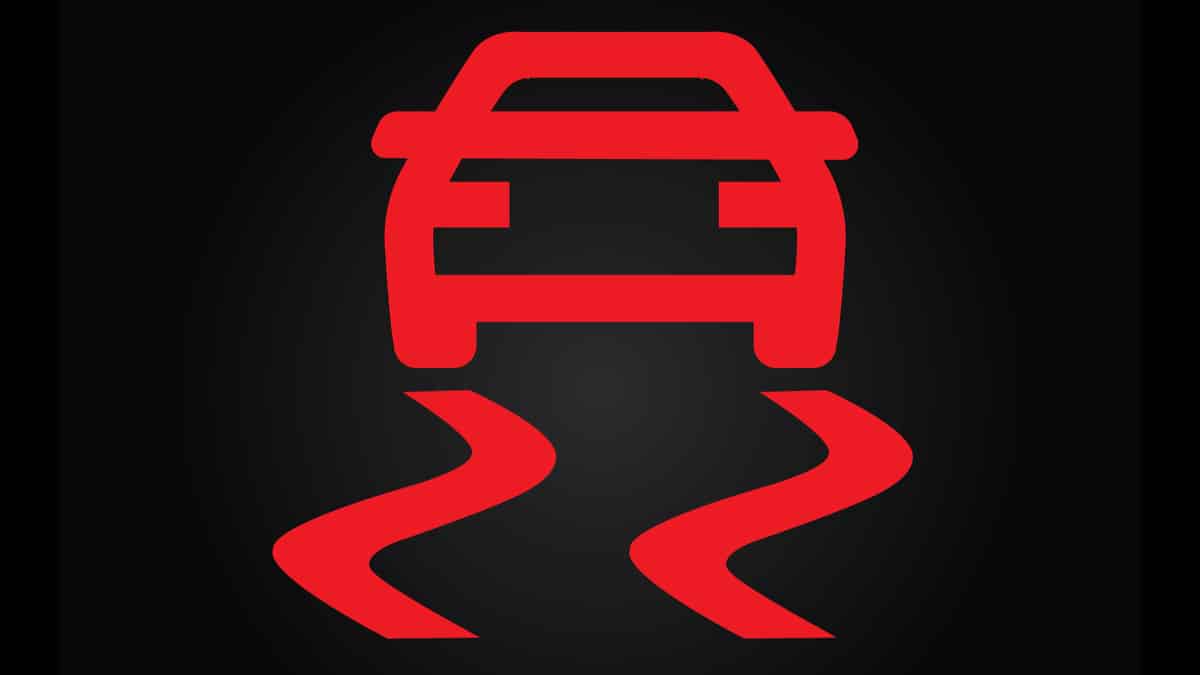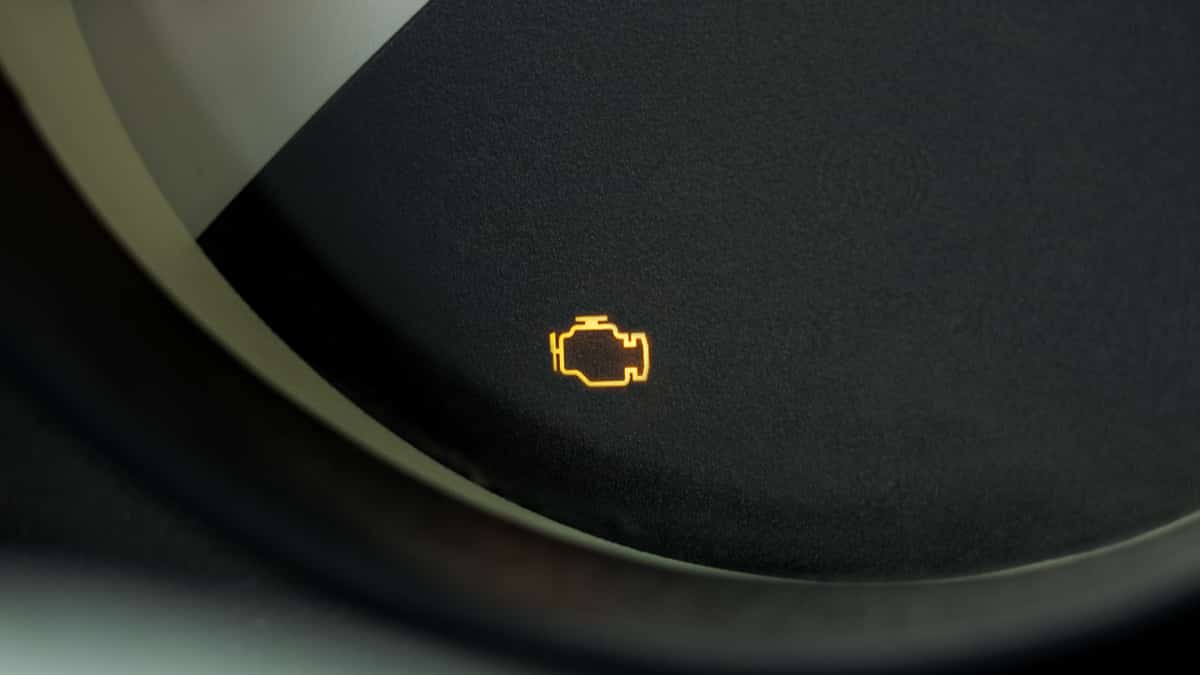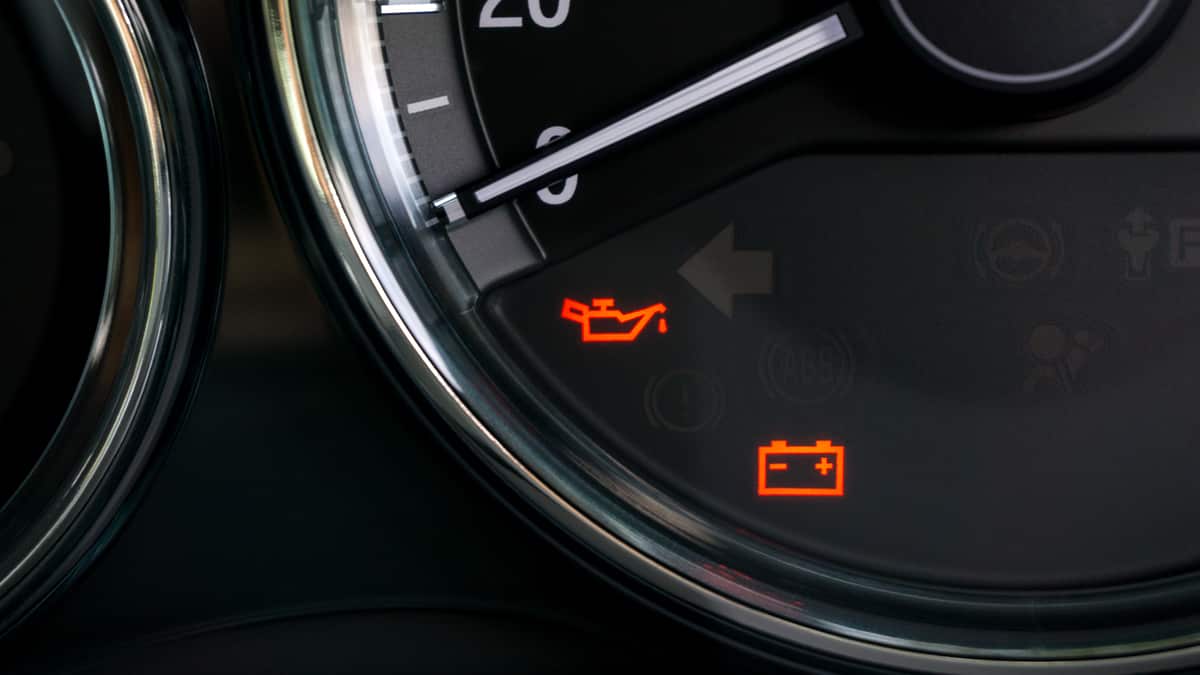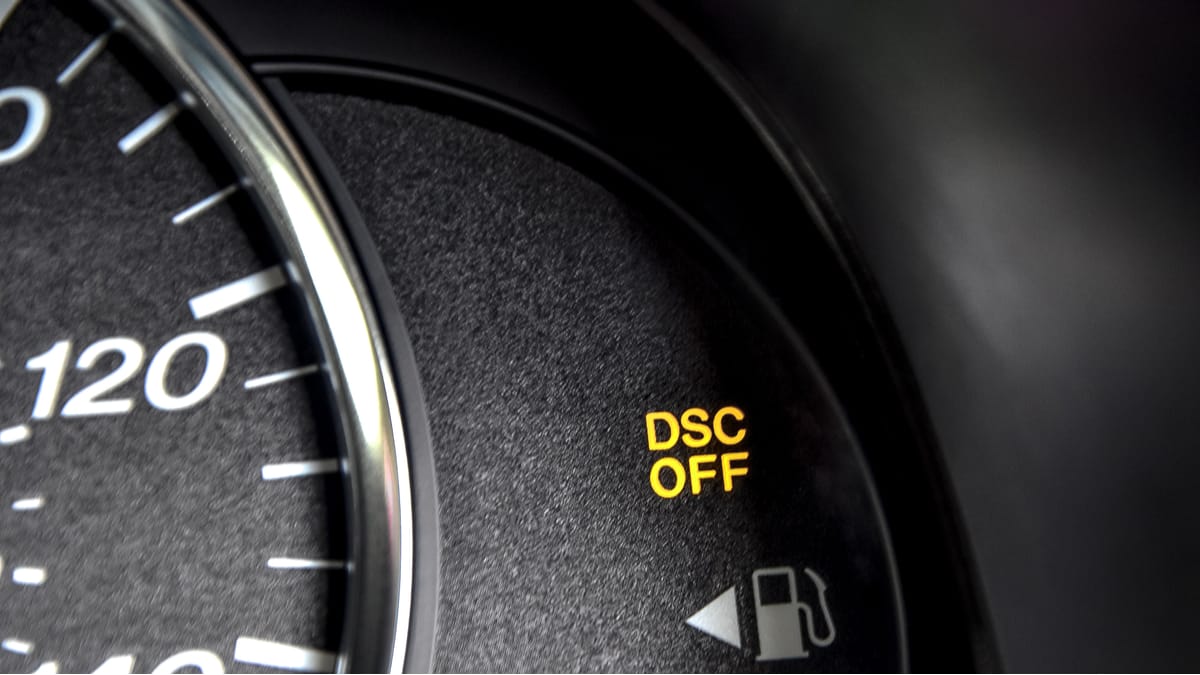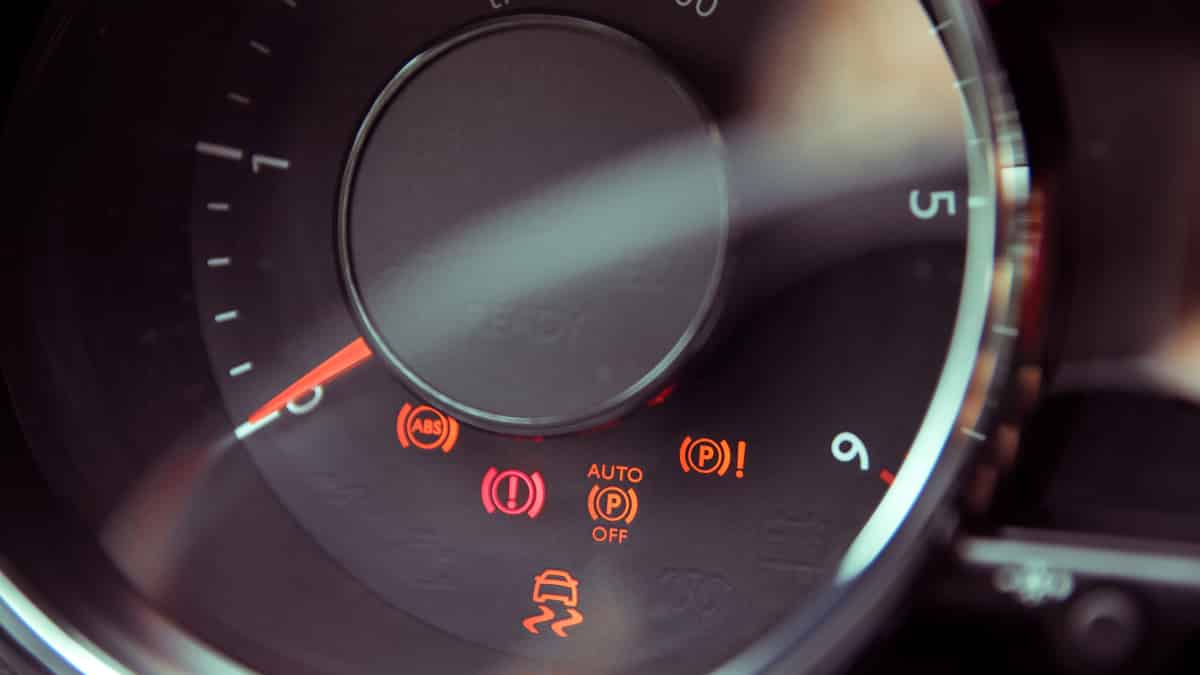Your car’s dashboard is filled with warning lights that tell you when something is wrong. So, what does it mean when the ESP BAS Light comes on? While it might not be as recognizable as the Check Engine Light or ABS Light, you don’t ever want to ignore this alert.
My guide shows you the function of the ESP BAS Light and reveals the top causes. We also look at how to fix the fault, so you can travel without any warning lights on the dashboard.
What Does The ESP BAS Light Mean?
The ESP BAS Light indicates a problem with the electronic stability program or brake assist program with your vehicle. Some of the top causes for this light include defective wheel speed sensors, a bad steering angle sensor, a bad brake switch, or other braking system failures.
The light comes on for a variety of problems, ranging from mild to serious. However, the codes can be read with the help of a handheld code scanner that’s compatible with these systems.
ESP BAS Light Causes
1. Defective Steering Angle Sensor
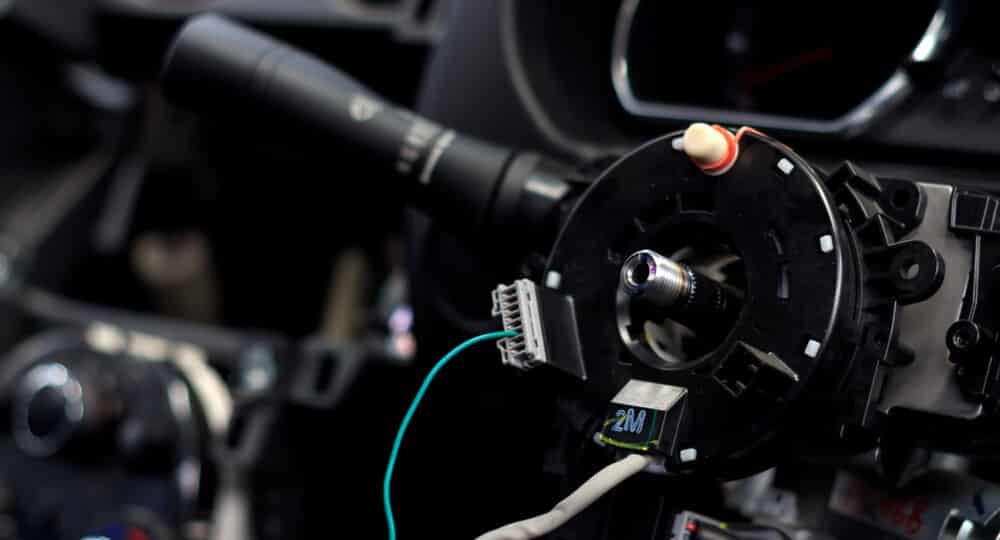
Modern vehicles contain advanced sensors, including one for the steering angle. Sadly, this sensor also leads to the majority of reasons that the ESP BAS Light comes on.
The steering wheel sensor keeps the steering wheel in line with the car’s wheels. With the help of the sensor, the car knows which way you turn the steering wheel based on the input given by the steering angle sensor.
The sensor can lose contact due to a poor connection, causing the ESP BAS light to show up on your dashboard. It could also mean that the sensor has failed.
RELATED: Signs of a Bad Steering Angle Sensor (& Replacement Cost)
2. Bad Wheel Speed Sensor
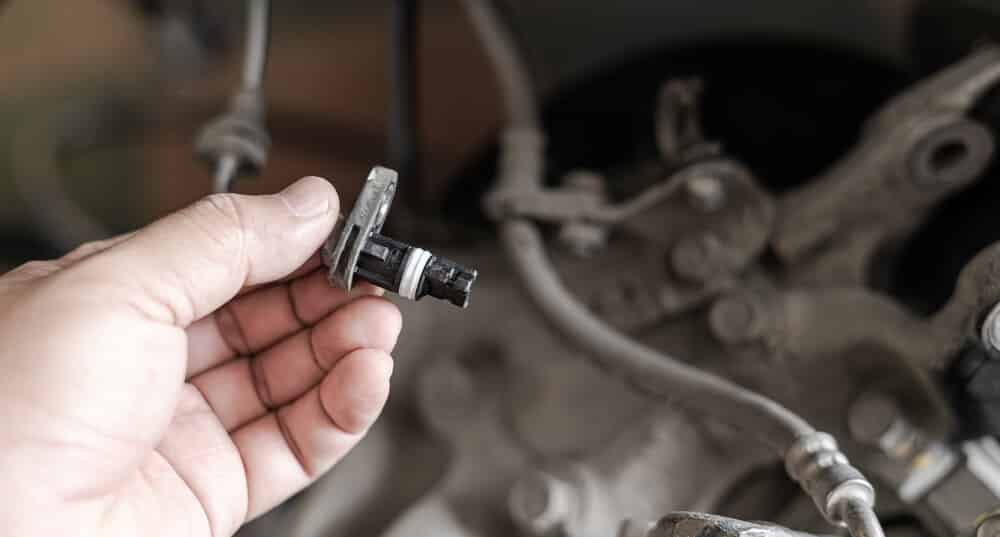
Each wheel contains a speed sensor that measures how fast the wheel is moving. These sensors are also part of the vehicle’s ESP BAS system. With the help of these sensors, the ESP BAS system can tell when traction has been lost, so it can counteract the issue.
In normal circumstances, the ESP BAS Light can come on because traction has been lost momentarily. However, as soon as the situation is resolved, the light should go off on its own. If it doesn’t, there’s a chance that one of the wheel speed sensors is bad.
RELATED: Signs of a Bad ABS Wheel Speed Sensor (Replacement Cost)
3. Failed Brake Switch
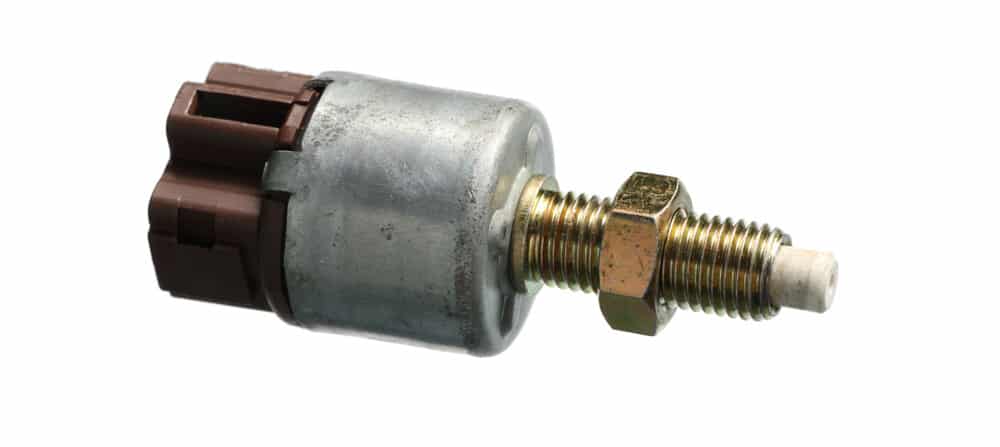
The brake switch can also cause the light to come on. Even though this part is supposed to last forever, there’s always the chance that it has failed.
The switch turns on the rear brake lights when you push down on the pedal. If it isn’t working, people behind you might not know that you are stopping or slowing down. That’s why the failed switch must be replaced as soon as you are aware of the defect.
RELATED: Symptoms of a Bad Brake Light Switch (& Replacement Cost)
4. Wiring Issues
There are a lot of wires going between all the different sensors and the ABS control module. The wirings to the ABS wheel speed sensors are attached to the wheels, and sometimes they get damaged.
This is not very common in newer car models, as the wirings are often very protected, but it can still happen if you are unlucky. The bad thing about wiring issues is that they can be very difficult to find if you are not experienced.
How To Fix The ESP BAS Light?
The easiest way to determine what is causing the ESP BAS light is to read the trouble codes with an OBD2 scanner from the ABS control module in your car. This will help you locate the issue or start troubleshooting instead of just guessing and replacing parts.
Here are some other common things that can fix the ESP Bas warning light:
1. Recalibrate Steering Angle Sensor
Sometimes, the steering angle sensor just needs to be recalibrated. You can do this in your driveway without any special tools.
Sit behind the wheel of your car and gently turn the wheel from one side to another, where it would lock. You might also need to cycle the key for the calibration to take effect.
In some cases, an OBDII scanner can recalibrate the steering angle sensor. Read the codes and recalibrate as needed.
2. Replace Steering Angle Sensor
If the calibration doesn’t fix the problem, you might need to replace the sensor. Thankfully, this job is usually simple and only requires the use of a socket and ratchet.
Make sure you unplug the battery first. You must then remove the airbag from the steering wheel by pushing on the clip located on the rear of the wheel. Lock the steering wheel in the center and use your socket and ratchet to remove the main nut.
Mark the wheel’s position, so you know where the center is. After you remove the clock spring, you will see the sensor. Take it out and put the new one back in. Connect everything back up and turn on the vehicle. You will also need to recalibrate the system for the light to turn off.
3. Replace Wheel Speed Sensor
Behind each set of braking discs, you can find the wheel speed sensor. Because of how easy it is to access, it’s relatively simple to replace a defective sensor, but sometimes it can get stuck by rust.
Jack up the vehicle and remove the affected wheel. When you take off the sensor, you can pop the new one in its place with ease.
4. Install New Brake Switch Sensor
With your OBDII code scanner, you can hunt down the problems with the brake switch sensor. Unlike some of the other sensors, this one is inexpensive.
You will find it located above the brake pedal. Simply unplug the defective sensor and put the new one in. You might also need to reset any codes that were set to turn the light off.
5. Repair Brakes
If it’s time for a brake job, get it done and see if it turns the light off. Put the car up on jack stands and take the wheels off. When you unbolt the brake caliper, make sure you rest it somewhere, so none of the lines break.
From here, you can remove the rotor and replace it if needed. You might prefer to have it resurfaced if there is still plenty of material available. Additionally, it’s not hard to replace the brake pads.
The problem comes in when the caliper is stuck. Unless you have advanced brake system expertise, you might need to have a professional help out.
Categories: Brakes, Warning Lights






